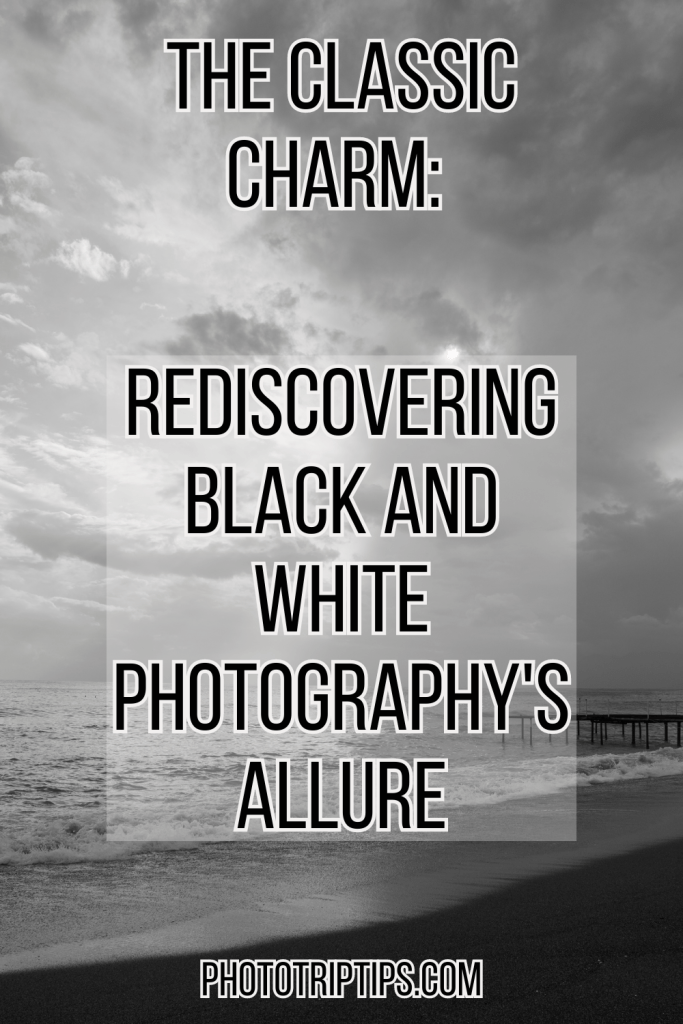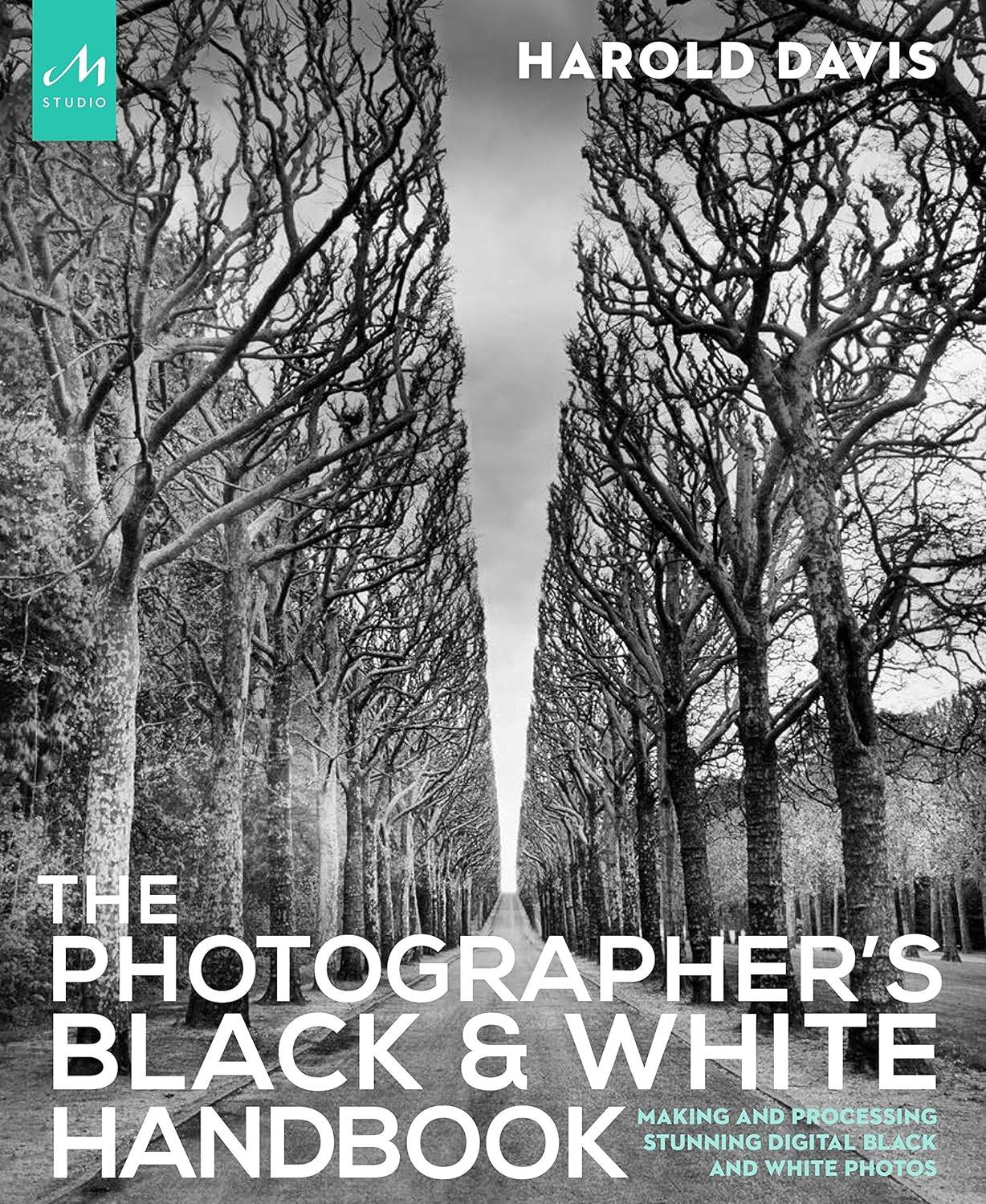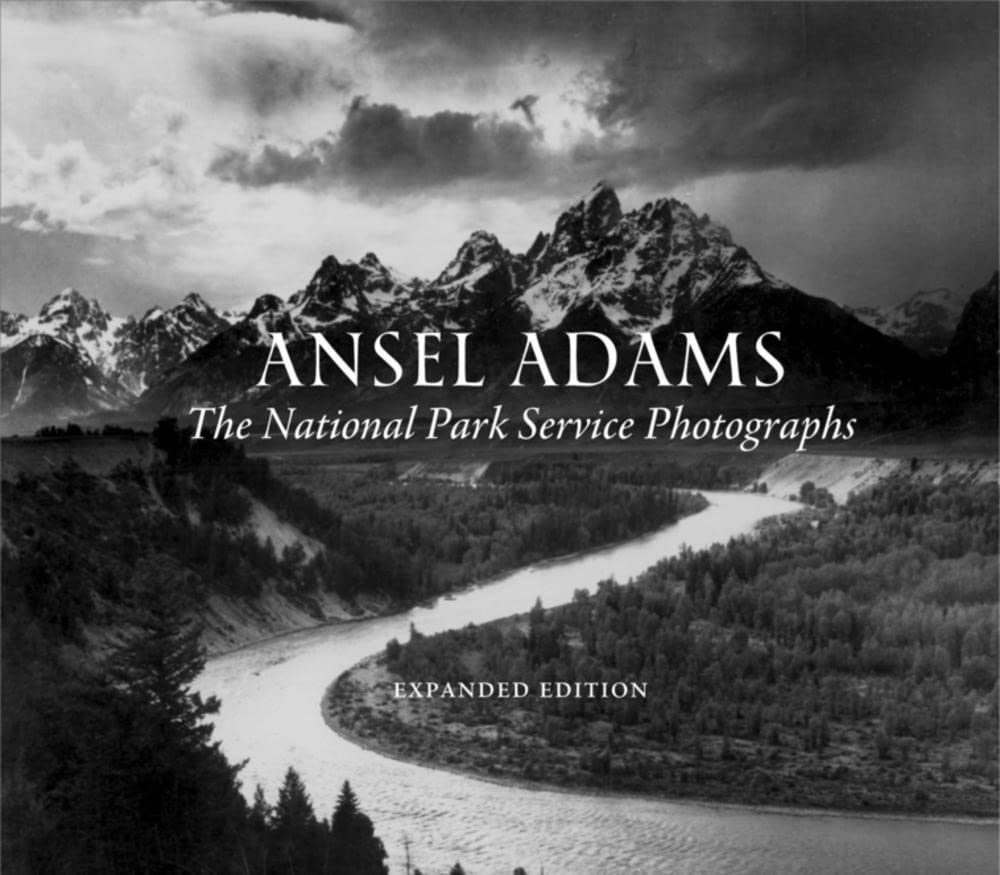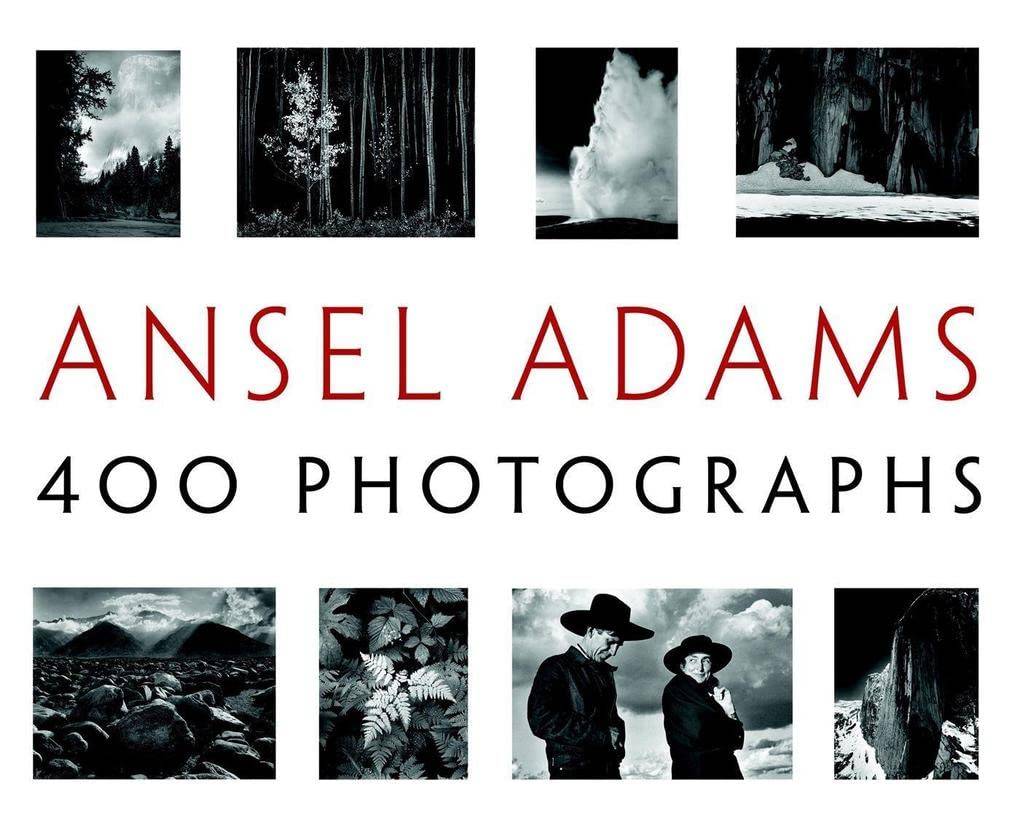Black and White Photography
Unleashing Emotion and Evoking Feelings
Black and white photography possesses a unique power to evoke feelings like no other. By eliminating hues and embracing shades of gray, it adds a timeless and artistic quality to images.
I am a participant in the Amazon Services LLC Associates Program, an affiliate advertising program designed to provide a means for me to earn fees by linking to Amazon.com and related sites. This post may contain affiliate links, which means I may receive a commission, at no cost to you, for purchases made using my links. Please see my disclosure to learn more.
In this article, I’m going to delve into the artistry and its enduring relevance in the modern era. We’ll explore its historical significance, the interplay of contrast and composition, and the timeless allure it holds. You’ll also find useful tips and I hope that, by the end, you’ll be inspired to embark on your own creative journey. Ready to capture the emotions that lie within the monochrome realm.
Black and white photography, as the name suggests, involves capturing images without color. Instead, it relies on the interplay of shades of gray, contrast, and composition to create visually striking photographs. By stripping away color, black and white photography emphasizes form, texture, and light, allowing the viewer to focus on the essence and emotion within the frame.
History
Black and white photography has a rich history that dates back to the origins of photography itself. In the early days, photography was exclusively black and white due to the limitations of the technology.
Pioneers such as Ansel Adams and Henri Cartier-Bresson showcased the power of black and white imagery, capturing iconic moments and landscapes with unparalleled artistry. Their works inspired generations of photographers to explore the artistic possibilities of monochrome photography.
Advantages
Black and white photography offers a range of advantages that make it a compelling choice for both amateurs and professionals.
Firstly, it simplifies the image by removing the distractions of color, allowing the viewer to focus on the subject and the message conveyed. Black and white images possess a timeless quality, evoking a sense of nostalgia and classic elegance.
Moreover, black and white photography can add drama, depth, and a sense of mystery to a photograph, enhancing its impact and storytelling potential.

Tips for Capturing Stunning B & W Photos
To create captivating black and white photographs, it is important to consider certain key factors. First and foremost, light plays a crucial role in black and white photography. Pay attention to the quality and direction of light, as it can dramatically affect the mood and contrast of your images.
Experiment with different lighting conditions, such as soft diffused light or strong directional light, to achieve the desired effect.
Composition is another critical aspect to consider. Strong composition techniques, such as the rule of thirds or leading lines, can guide the viewer’s eye and create visual interest.
Additionally, incorporating elements of texture, patterns, and shapes can add depth and visual impact to your black and white images.
Equipment and Camera Settings
When it comes to equipment for black and white photography, you can use any camera, be it a digital or film camera. However, certain features and settings can enhance your monochrome images.
Shoot in RAW format to have more flexibility during post-processing and to capture a wider dynamic range. Consider using prime lenses with wide apertures to achieve a shallow depth of field and isolate your subject.
In terms of camera settings, shooting in manual mode provides greater control over exposure. Pay attention to your histogram to ensure proper exposure, avoiding clipped highlights or shadows. Experiment with different ISO settings to find the right balance between capturing detail and minimizing noise in your black and white images.
Composition Techniques
Composition is key in any form of photography, and black and white photography is no exception. Here are some composition techniques to help you create visually engaging black and white images:
1. Rule of Thirds: Divide your frame into a 3×3 grid and place your subject or points of interest along the grid lines or at their intersections.
2. Leading Lines: Utilize lines in your composition, such as roads, fences, or architecture, to guide the viewer’s eye and create a sense of depth.
3. Symmetry and Patterns: Look for symmetry or patterns in your surroundings and use them as a strong compositional element.
4. Negative Space: Embrace negative space to emphasize your subject and create a minimalist aesthetic.
5. Framing: Use natural or human-made elements in the foreground to frame your subject and draw attention to it.
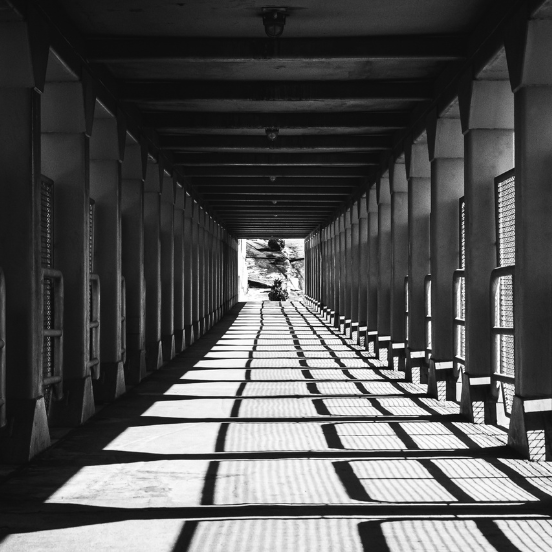
Post-Processing Techniques
Post-processing plays a crucial role in black and white photography. It allows you to enhance contrast, adjust tonal values, and bring out the desired mood in your images. Here are some post-processing techniques to consider:
1. Contrast Adjustment: Fine-tune the contrast to create a dynamic range of tones, emphasizing the highlights and shadows.
2. Tonal Adjustments: Use tools like curves or levels to control the tonal values, bringing out details and enhancing the overall mood.
3. Dodge and Burn: Selectively lighten or darken specific areas of your image to add depth and enhance the visual impact.
4. Grain and Noise: Introduce a subtle amount of film grain or digital noise to add a vintage or gritty feel to your black and white photographs.
Famous Black and White Photographers
Throughout history, numerous photographers have made significant contributions to the world of black and white photography. Ansel Adams, known for his stunning landscapes and mastery of light, remains an icon in the field.
Henri Cartier-Bresson, with his candid street photography, captured the essence of human moments in black and white.
Sebastião Salgado, renowned for his powerful documentary work, utilized monochrome imagery to convey stories of social and environmental issues.
These photographers serve as a testament to the enduring impact of black and white photography.
The Role of Black and White Photography Today
In the digital age, where color photography dominates, black and white photography continues to hold its place as a unique and expressive art form. It allows photographers to explore their creativity, convey emotions, and tell compelling stories through the absence of color.
Black and white images often evoke a sense of timelessness and evoke emotions in a way that color images cannot. In an era where visual content is abundant, black and white photography offers a refreshing and thought-provoking alternative.
Final Thoughts
Black and white photography remains an influential and captivating genre that continues to inspire photographers worldwide. Through its ability to emphasize form, texture, and light, it transcends the limitations of color and allows us to perceive the world in a different way.
Whether you are an aspiring photographer or a photography enthusiast, exploring this fascinating genre can unlock new creative possibilities and help you develop a deeper understanding of the visual language.
FAQs
1. Is black and white photography still relevant in the age of color photography?
Absolutely! Black and white photography offers a unique and timeless aesthetic that continues to captivate viewers. It allows photographers to emphasize form, texture, and emotion, creating images with a classic and artistic quality.
2. Can I convert color to black and white photo during post-processing?
Yes, most image editing software allows you to convert color photos into black and white. However, keep in mind that the original composition and lighting conditions play a crucial role in the overall impact of a black and white image.
3. What camera settings are ideal for black and white photography?
Using manual mode and shooting in RAW format provide greater control and flexibility during post-processing. Pay attention to your histogram and experiment with different ISO settings to achieve the desired exposure and minimize noise.
4. Are there any specific subjects that work best for black and white photography?
Various subjects, including landscapes, portraits, architecture, and street photography can work very well. Experimentation and exploration are key to finding subjects that best suit your style and vision.
5. How can I enhance the contrast in my black and white images?
During post-processing, you can use tools like curves or levels to adjust the contrast. By fine-tuning the highlights and shadows, you can create a dynamic range of tones and enhance the overall impact of your photos.
